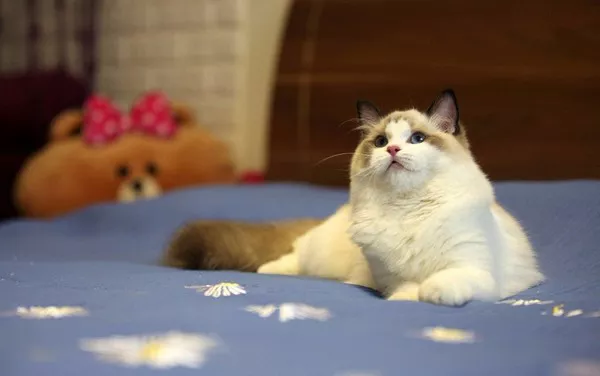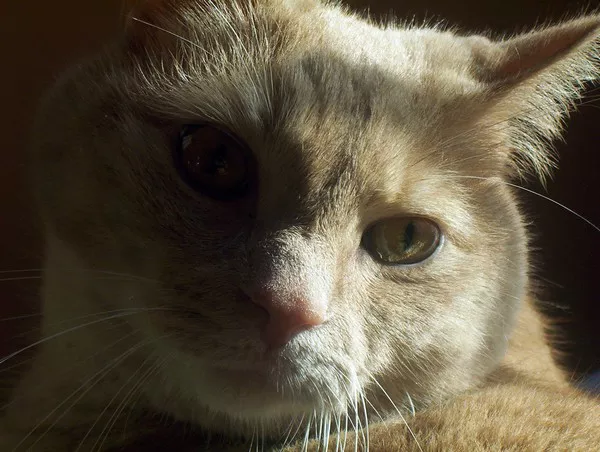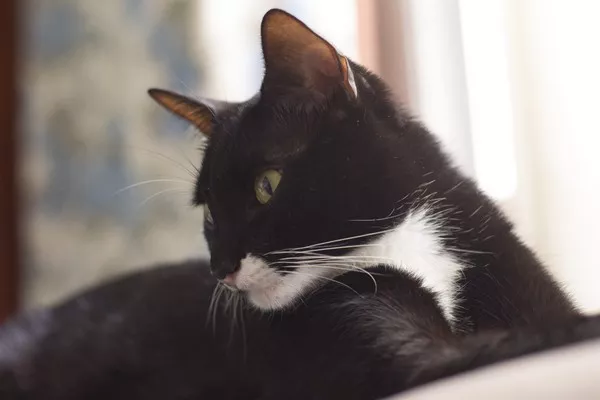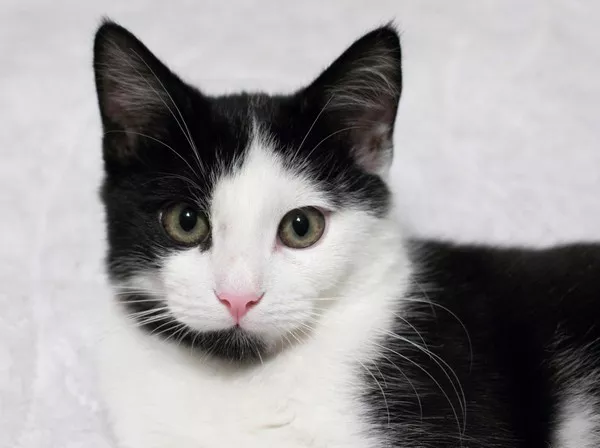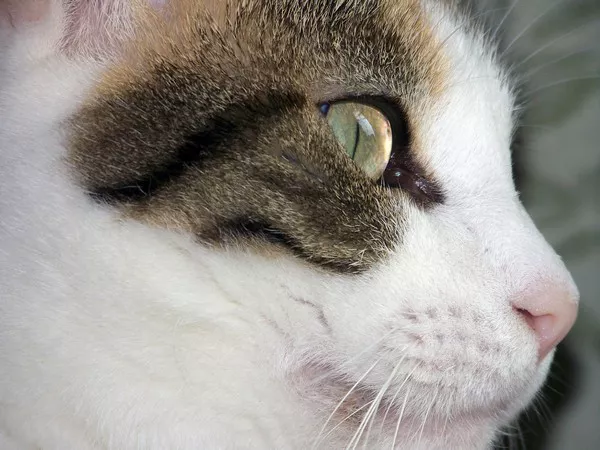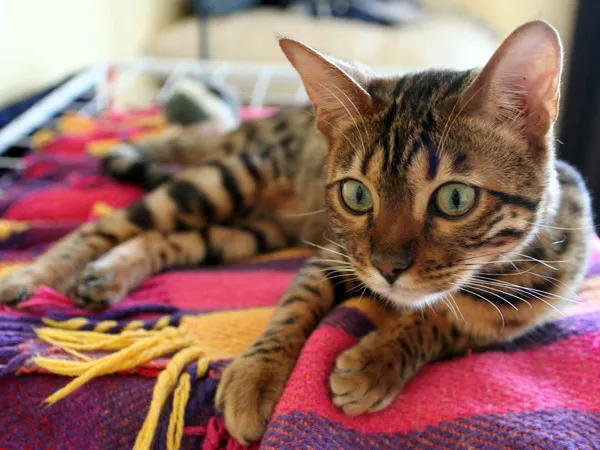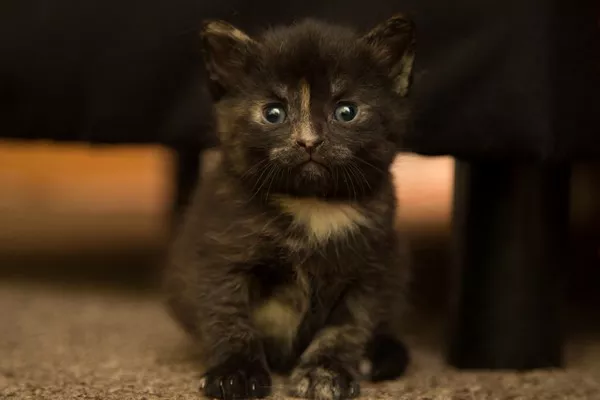The Ragdoll cat breed is a popular choice among cat lovers who enjoy the company of a friendly and affectionate feline companion. These cats are known for their gentle personality, relaxed demeanor, and willingness to be picked up and cuddled. In this article, we will explore what makes Ragdoll cats so special and why they might be the perfect pet for you.
Origins of the Ragdoll Breed
The Ragdoll breed was developed in California in the 1960s by a woman named Ann Baker. She bred a white domestic longhair cat named Josephine with several other breeds, including Persians and Birman cats. The result was a unique-looking cat with a docile temperament and a tendency to go limp when picked up, hence the name “Ragdoll.” Today, Ragdoll cats are recognized as an official breed by major cat registries, such as the Cat Fanciers’ Association (CFA) and The International Cat Association (TICA).
Ragdoll Cat Appearance
Ragdoll cats are large, muscular cats with a distinctive appearance. They have soft, silky fur that comes in a variety of colors and patterns, including seal, blue, chocolate, lilac, red, cream, tortie, and bi-color. Their eyes are large, round, and usually blue, although some Ragdolls may have green or gold eyes. Ragdolls have a broad head with a flat profile, and small, rounded ears.
Ragdoll Cat Personality Traits
One of the most notable features of the Ragdoll cat breed is their friendly and affectionate personality. Ragdolls are known for being excellent companions and thrive on human attention. They are often described as “lap cats” because they love nothing more than curling up in their owner’s lap for a good snuggle. Ragdolls are also incredibly social cats and get along well with children, other cats, and even dogs.
Another unique personality trait of Ragdoll cats is their tendency to go limp when picked up. This is known as “ragdolling.” When a Ragdoll cat is picked up, they will often become completely relaxed and floppy, making them easy to hold and handle. This behavior is thought to be a result of the breed’s gentle temperament, as well as their large size and muscular build.
Ragdolls are also intelligent cats and enjoy interactive playtime with their owners. They love chasing toys, playing hide-and-seek, and even learning tricks. Many Ragdoll owners report that their cats are quite vocal and enjoy “talking” to them, often with soft chirps and trills.
Training and Care
Ragdoll cats are relatively low-maintenance pets and require minimal grooming. Their coat does not mat easily, so brushing once a week should suffice. However, it’s essential to keep their litter box clean and provide them with fresh water and food daily. Ragdolls are generally healthy cats, but like all breeds, they may be prone to certain health issues, such as heart disease and urinary tract problems. Regular veterinary check-ups are crucial for maintaining their health and wellbeing.
In terms of training, Ragdoll cats are highly trainable and respond well to positive reinforcement techniques. They can learn a variety of tricks, such as fetching and sitting on command. It’s important to remember that Ragdolls are sensitive cats and do not respond well to punishment or negative training methods.
Choosing a Ragdoll Cat
If you’re considering adding a Ragdoll cat to your family, there are a few things to keep in mind. First, make sure you have enough space for a large cat. Ragdolls can weigh up to 20 pounds, so they need plenty of room to move around and play. They also require a lot of attention and can become bored or lonely if left alone for long periods.
It’s also essential to find a reputable breeder who prioritizes the health and wellbeing of their cats. Look for a breeder who is registered with a major cat registry, such as the CFA or TICA, and who can provide you with information about the cat’s lineage and any potential health issues.
Common Health Problems
Like many large breed cats, ragdolls are prone to weight issues.2 Feeding your cat out of puzzle toys and portioning out its daily food can help keep your cat fit and trim. Giving your cat regular play is also important for weight management. While chubby cats might be cute, they’re not healthy.
They’re vulnerable to bladder stones, which are painful and cause blood in the urine. Signs include vocalizing (crying) in the litter box, straining to urinate, or urinating outside the litter box.3 You can help your kitty avoid bladder stones and other urinary infections by encouraging it to drink lots of fresh water and scheduling regular checkups with your veterinarian.
Ragdolls are also prone to hypertrophic cardiomyopathy (HCM), a condition that is difficult to prevent.4 HCM is a heart disease that causes thickening of the heart muscle. An echocardiogram can help diagnose the problem, but only after the cat has developed HCM. Genetic testing can also help breeders avoid breeding cats with HCM, but it’s always a risk, and there is no cure once a cat develops HCM.
Conclusion
In summary, Ragdoll cats are a delightful breed known for their friendly personality, affectionate nature, and unique tendency to go limp when picked up. They make excellent companions for families, couples, and individuals who enjoy spending time with their pets. With proper care and attention, a Ragdoll cat can bring years of joy and companionship into your life.

